Director and producer Nicola Brown talks to Jake Bickerton about capturing Sri Lanka’s diverse wildlife on film
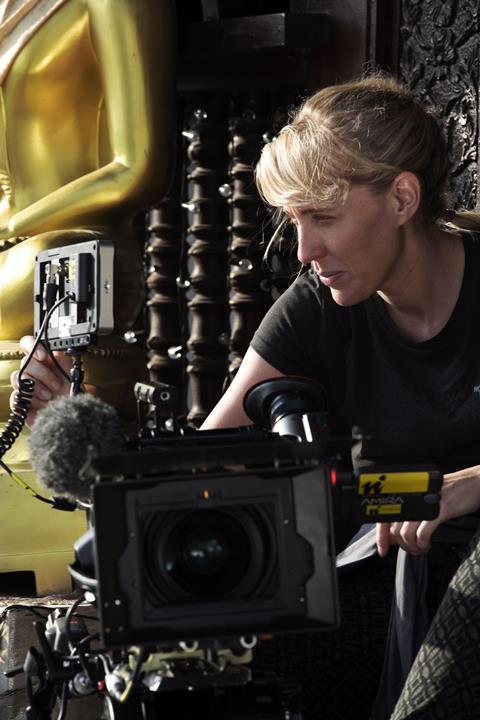
Commissioned by the Sri Lanka Tourism Promotion Bureau, the four-minute film Wild Guides is a picturesque film, centring on the country’s diverse wildlife, stunning beaches and eye-catching landmarks.
The film was created by an award-winning all-female British crew of natural history film-makers for use on the bureau’s social media channels.
It is designed to entice ‘experience-seeking’ travellers to visit Sri Lanka, in particular by showcasing how the country is one of the best Safari destinations outside of Africa.
The Sri Lanka Tourism Promotion Bureau took no chances, employing the crew and production team from Bristol-based Freeborne Media, which has extensive experience working with the BBC Natural History Unit.
Director and producer Nicola Brown worked on the BBC series Our Blue Planet, a BBC Earth VR collaboration with Oculus and the BBC’s Human Planet, and has created content for the Earth Unplugged YouTube channel. Director of photography Gail Jenkinson’s credits include BBC1’s Blue Planet II and Earth’s Wildest Waters: The Big Fish.
The final member of the all-female crew was DIT/camera assistant Dominique Gorton, whose credits include the BBC2’s Thailand: Earth’s Tropical Paradise.
“Having an all-female crew happened organically – we didn’t set out to have it that way, it just happened, and it just worked,” Brown tells Broadcast TECH.

The Wild Guides film features elephants, turtles, leopards, whales and fishing cats. The team worked on the project for five months, including three weeks on location.
“The bureau was keen to show an alternative view of Sri Lanka that hasn’t really been seen before,” says Brown. “They were very open to discussion about the right approach to take, and we were spoilt for choice as there’s an incredible assortment of wildlife, including many of the iconic animals you’d want to feature in such a film.
“We did the planning with the local teams in Sri Lanka, which had great links to various conservation groups in the country,” she adds. “Whenever we filmed, we had a guide with experience of working with the animals and with relevant conservation groups.”
RANGE OF CAMERAS
The crew took a mixture of kit over to Sri Lanka. The main camera was an Arri Amira. Brown says: “This was also used on the BBC1’s Dynasties – you get a really lovely look from it as well as a sense of immersion.”
To supplement the Amira footage, the team used GoPro Hero 7 mini cameras on DJI Osmo gimbal rigs for stabilisation, with a waterproof casing for use at sea.
Brown says the relatively limited kit list helped the team react quickly to filming opportunities with nimble, speedy set-ups.
“We wanted to immerse the viewer in interesting perspectives of Sri Lanka, and the speed of set-up of this lightweight kit was invaluable. You can plan as much as you like, but you never know what animals will do. The moments where you get your best footage can be very marginal.”
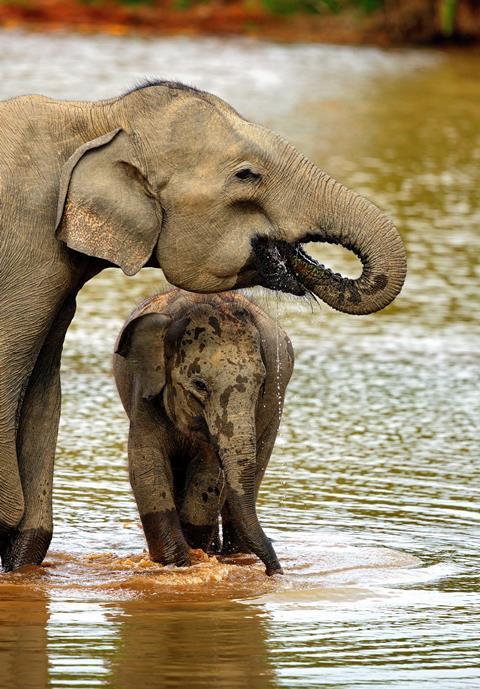
For the scenes featuring the elephants, the team worked with the Elephant Transit Home for orphaned and injured elephants.
They were particularly enamoured with an elephant called Namal, who was comfortable around people and seemed intrigued by their presence. Namal strolled up to greet them by feeling their faces with its trunk.
Afterwards, they noticed the elephant walking around holding a stick in its trunk, which led them to think about ways they might be able to get Namal to film content from the elephant’s point-of-view. They attached a GoPro to the end of a stick to see if Namal would carry it.
While it sounded like a good idea, in practice it came to nothing, with the elephant snapping the stick in half then treading on the camera. Undeterred, they tried again with another elephant, and the same thing happened.
Next they opted to leave the GoPro on the ground with the elephants surrounding it. This paid dividends as the camera captured some really interesting images from quirky angles. The camera was scratched in the process, but the footage was worth the cost of the damaged kit.
For some of the more conventional closeups with the elephants, the crew gave the rangers a quick run-through of how to use the GoPros, giving them the opportunity to take over the role of camera operators.
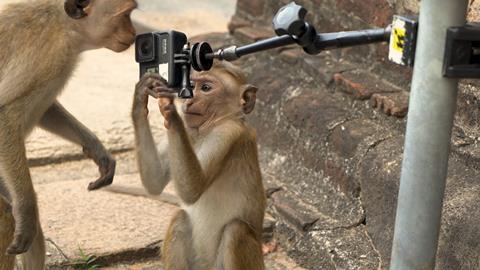
Brown explains: “The elephants are kept partially wild, with limited human contact. We filmed some great stuff on long lenses, but for the close-up shots, the rangers were in the best place to get the images we needed.
“We didn’t know if this would work or not, but they did a lovely job of filming the elephants coming in to the rehab centre for milk. The next day we showed them what they had shot, and they were very happy with the results.”

The film opens on gorgeous clips of newly hatched turtles speeding their way towards the sea. Brown says they had to be patient to capture these images as they had to wait for the turtles to hatch: “They are just amazing animals to film. Just seeing them go off to the water is beautiful – they offer you everything.”
Elsewhere, the crew had to contend with toque macaque monkeys in Polonnaruwa running away with their kit, after they learned how to unscrew the camera rigs. Some of the content the monkeys captured themselves is included in the film.
Following her experience on the Wild Guides shoot, Brown says: “There’s a longer story to tell in Sri Lanka. It really amazed me the number of encounters that just happened with animals while we were out there. One day we were driving along the road and came across this mass of fruit bats in the sky, which was just incredible.”
The film was post-produced and graded at natural history specialist Films at 59. It can be seen now on the Sri Lanka Tourism YouTube channel.








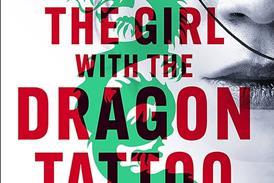


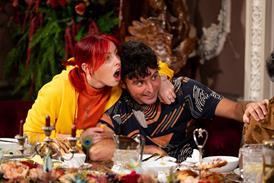









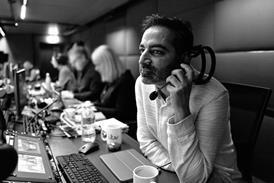
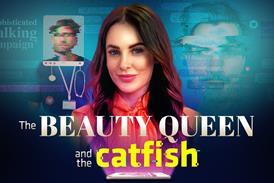
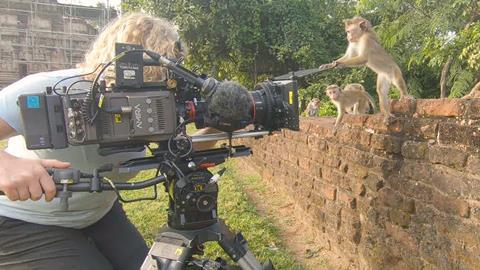






No comments yet